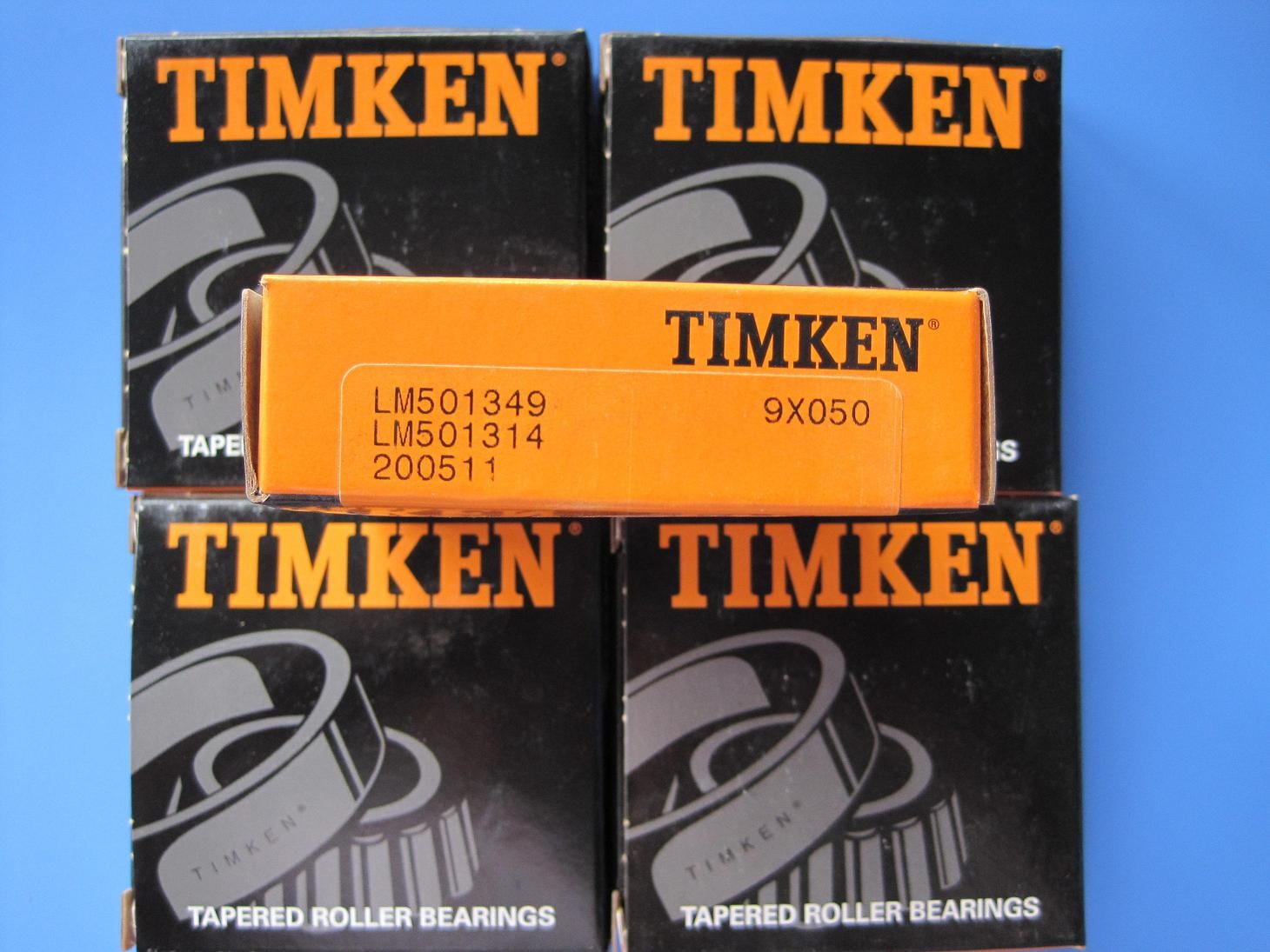
 News
NewsThe operating environment of wind turbines is very harsh and the stress conditions are complex. There are many types of gearboxes for wind turbines. The following example mainly refers to the analysis of the output gear shaft fracture during the operation of the wind power speed increaser. According to the appearance inspection of the gear shaft fracture, The fracture morphology, tissue inspection, etc. were analyzed, and the specific reasons for the fracture of the gear shaft were shared.
1. Appearance of gear shaft
The failure area is 5 consecutive teeth, of which 4 teeth are completely broken along the tooth length direction, 1 tooth is partially peeled off above the pitch line, and the remaining gear teeth have no broken teeth, and all non-working surfaces have no meshing marks; failure; The working surface of the zone showed large-area spalling and tooth-broken phenomenon. The rest of the working surface showed local distribution of slight pit spalling, mainly in a smooth state, and uneven meshing marks were visible on the working surface; there were no abnormal defects such as pitting on the bearing surface.
2. Fracture morphology and fracture mode of gear shaft
From a macro observation, three failure modes can be seen in the fracture:
① Fatigue fractures have obvious fatigue fracture modes. The fractures are composed of three parts, the fracture source area, the expansion area and the instantaneous fracture area. The fracture source area is located in the surface pits, which are multiple sources of fatigue. The expansion zone is characterized by fatigue shell lines. The fracture extends from the working face to the non-working face. The fatigue arc is denser at the source and thicker in the instantaneous fault zone. The expansion zone accounts for more than 75% of the total fracture area.
②One-time rapid fracture fracture, the fracture has no obvious fatigue fracture characteristics, it belongs to large stress fracture, and the initial source of gear tooth fracture is in the high stress area.
③Tooth surface spalling and pitting corrosion are a manifestation of contact fatigue. The main reason for pitting corrosion is that the maximum value of alternating contact stress exceeds the contact fatigue strength of the material, followed by the expansion and squeezing effect of the tooth surface lubricant penetrating into the crack, which accelerates the crack. The expansion of pitting corrosion.
From the analysis of these three tooth surface failure modes, it is concluded that the failure accident of the broken tooth of the output shaft is fatigue fracture, rapid fracture failure caused by non-overload, and the source of fatigue fracture is pitting pits and spalling pits. When a small number of pitting corrosion occurs, the gear shaft can still continue to work, but with the continuation of the working time, the phenomenon of pitting and spalling will continue to increase and expand, the meshing situation will continue to deteriorate, and the wear will increase, fatigue cracks will continue to expand until the teeth break. However, the broken teeth are embedded between the teeth without cracks, and a greater impact force is generated, so that the remaining teeth near the broken teeth of the gear shaft are broken, resulting in rapid fracture of the gear teeth.
Contact us for more details about TIMKEN LM501349/LM501314.

3. Detection and analysis
①Metallurgical quality inspection: sampling the fracture area of the gear shaft, after chemical composition quantitative inspection and microscope observation, it is found that the gear shaft meets the technical requirements and contains only a small amount of non-metallic inclusions.
②Carburizing and quenching structure: Take the fractured teeth and observe the microstructure in a metallographic microscope after grinding. It is found that the decarburized layer meets the technical requirements, and there is no fatigue fracture on the surface of the gear shaft root due to the tensile stress caused by decarburization. may. There are no visible carbides on the tooth surface in the port area, and the Paralympic ratio is about 20%. The core structure is martensite plus a small amount of lower bainite. The core hardness structure meets the requirements, and the failure is caused by non-heat treatment structure problems.
③Surface hardness and hardened layer detection: The surface hardness of the meshing surface of the broken tooth meets the technical requirements. The measured values of the hardened layer in the pitch circle area of the meshing surface of the broken tooth are all lower than the standard requirements. If the depth of the hardened layer is insufficient, the secondary surface cannot withstand the shear stress. The effect will induce fatigue cracks. As the number of load cycles increases, the cracks expand to the surface, and then the tooth surface peels off. As the peeling increases, the effective section of the gear tooth decreases, and finally the gear tooth fractures, but the best hardening for carburizing and quenching To determine the depth of the layer, there is no authoritative theory and method that can be fully accepted by everyone. These theories and methods have always been controversial. The depth of the hardened layer in the pitch circle area of the broken tooth meshing surface may only be a non-standard part of the broken tooth of the gear shaft. Direct factor, but it provides a potential failure basis for fracture accidents.
④Residual stress detection: X-ray diffraction method for residual stress and residual austenite detection on the tooth surface and root of the broken tooth. The residual stress conforms to the characteristics of the compressive stress distribution of carburized and quenched gears. The residual compressive stress meets the technical requirements, and the tooth is broken. Not caused by abnormal residual stress. The amount of retained austenite meets the requirements, and the failure has nothing to do with retained austenite.
⑤ Gear shaft meshing and accuracy detection: The meshing traces of the gear shaft working surface mainly show three forms: one is the pitting and pits in the tooth root, and the pitch line and above are in a smooth state.